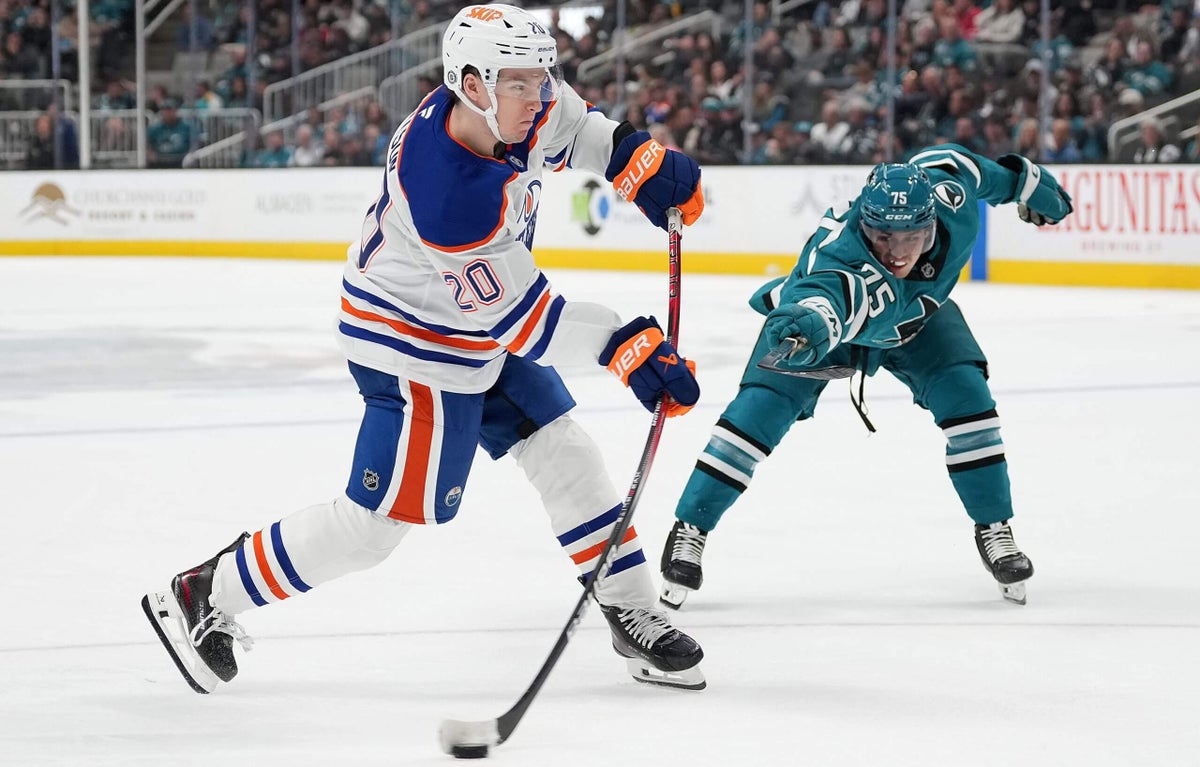

Every new general manager hired by the Edmonton Oilers builds the pro depth chart differently.
Glen Sather was blessed with scouting director Barry Fraser, who delivered a generation of elite talent in just three (1979-81) draft summers. Sather also championed first-round picks who had failed elsewhere, thus increasing the talent pool in the NHL and on the farm.
Advertisement
Stan Bowman’s minor-league teams when he was general manager of the Chicago Blackhawks produced a steady flow of quality NHL players. The Hawks drafted well, but Bowman also made some astute trades and free-agent signings from Europe and colleges during his time with the team.
Nick Leddy is an example. Chicago acquired his rights from the Minnesota Wild in the late winter of 2010 (he was finishing up his only college season with the University of Minnesota). That fall, Leddy won a spot on the NHL roster for six games, and then was dispatched to the AHL (Rockford IceHogs) in order to play more and build his confidence. Leddy forced his way on to the NHL roster for good in early January 2011. He’s still in the league.
Over the last decade, the Oilers have enjoyed precious few transactions that involved trading for a plug-and-play option outside the NHL who would flourish upon arrival with the big team.
Edmonton needs players. Bowman has already done some shopping.
Forwards
Bowman needs to find players who can push for NHL playing time in 2025-26, while also having the ability to send them to the AHL Bakersfield Condors if these players don’t win a roster spot. All of the contracts signed so far allow for such a result.
Among his flurry of forwards signed so far, there are a couple of European talents who might push for a spot on Edmonton’s opening-night roster.
| Player | Contract Length | AAV |
|---|---|---|
|
Josh Samansky |
2 yr (RFA) |
$1.475M |
|
David Tomasek |
1 yr (UFA) |
$1.2M |
|
Quinn Hutson |
2 yr (RFA) |
$875,000 |
via PuckPedia
Contracts can offer us clues about what the player, agent and team are thinking down the line. In the case of David Tomasek, it’s likely the one-year deal was key. If he can perform well enough in his single NHL season, then unrestricted free agency awaits him. For Edmonton, it’s a low-risk deal even if the player spends most of the season in the AHL. Both sides no doubt envision a full NHL campaign, but the rubber hits the road in September.
Advertisement
Tomasek is 29 and a solid bet. He could be one of those plug-and-play types Bowman has been able to find in the past.
The other two forwards of note signed so far have an AHL salary attached to the deals above. This implies time with the Condors is assumed, and it might be considered an upset if they break camp with the big club in the fall.
Josh Samanski is 23, and the only one with bonuses ($1 million) attached to his deal. That bonus can be earned in year two, and if Samanski is in the NHL and earning them, it should be considered a victory for both player and team.
The skill sets provided by Tomasek, Samanski and Quinn Hutson (also 23) are not similar. None are locks for an NHL job next season, but the contracts tell us there are expectations around Tomasek.
One final item: Although NHL equivalencies are not universally considered trustworthy, the projections do tell us what the player might deliver next season in circumstances similar (playing time) to their 2024-25 seasons. Per 82 games in the NHL estimated, Tomasek (59 points NHLE) leads the way, with Hutson (42) and Samanski (22) following up. The only potential skill-line player for next year is Tomasek, but Hutson’s totals suggest he may one day play there if he develops.
Bowman has signed a 29-year-old out of the Swedish league (SweHL), a legit offensive winger from college (Hockey East) and a big, strong centre from the German league (DEL). It would be a mistake to call it this early in terms of who makes the biggest long-term impact in the NHL, but Tomasek will be a going concern immediately.
Defence
| Player | Contract Length | AAV |
|---|---|---|
|
Atro Leppanen |
1 yr (UFA) |
$975,000 |
|
Damien Carfagna |
2 yr (RFA) |
$875,000 |
via PuckPedia
Atro Leppanen is the most intriguing addition so far, and he could be a difference-maker. He’s a puck-moving defenceman with a great deal of offensive intelligence, reflected in his exceptional numbers in Finland’s top league (Liiga) during 2024-25.
In posting 21 goals and 63 points over 60 games for Sport Vaasa, Leppanen led the Liiga (forwards and defencemen) in total points for the 2024-25 season. He’s a left-handed defenceman and turns 27 in December. Leppanen is a skilled player with the puck and brings chaos without it.
Advertisement
With Evan Bouchard’s inconsistency already a worry, Oilers fans may be concerned with adding more degrees of difficulty on another NHL pairing. However, moving the puck quickly and effectively is a bigger part of the game each year, and Leppanen’s point production screams top-end ability.
Where would he play? Likely third pair in Edmonton (with a player like Ty Emberson) or top pairing in the AHL. Leppanen’s contract included a signing bonus (just under $100,000) and includes an AHL salary. That means he’ll make $85,000 in the minors, with the big money coming only on days he’s in the NHL.
Damien Carfagna is 22 and just completed his second season with Ohio State University after one year with the University of New Hampshire. He’s a compelling prospect for Edmonton because of his youth and skating ability.
That brings us to an important point about all of these signings. Over many years, scouting reports have delivered all manner of information about foot speed, but each player has to be tested at the NHL level. Carfagna’s speed is abundant, and that’s a positive that should carry him to early feature minutes in the AHL and eventually NHL time.
The European scouting reports are less reliable because speed (and quickness) reports vary from source to source. An example in Oilers history is Finnish defenceman Markus Niemelainen, who was reportedly saddled with slow boots on most scouting reports on draft day and after.
When the big defenceman arrived in Edmonton, NHL Edge clocked him ahead of NHL average (52nd percentile) as a rookie. Niemelainen increased his measured foot speed the following season (62nd percentile) and delivered in an area thought to be a weakness.
In most cases, we don’t know what we don’t know about foot speed.
Bottom line
Leddy made his NHL debut as a teenager and was almost immediately a strong plug-and-play option. He has played in over 1,000 NHL games and helped the St. Louis Blues make the playoffs this spring. Bowman dealt for him in an absolute fleecing, and that’s a rare occurrence in the modern NHL.
Advertisement
In Edmonton, Bowman has added two players who should push for NHL work this fall (Tomasek and Leppanen) and gave his team some impressive talent that’s perhaps close to the NHL as well.
The previous management group was not as aggressive during the spring signing season, eschewing this level of free agency in order to load up on NHL free agents on July 1.
Both areas can work, and in fact, Bowman may pursue free agents this summer with the same level of urgency.
What has changed is that the Oilers are signing players who have delivered in Europe and in the NCAA to NHL deals.. These men had more than one NHL team pursuing them, and fans can expect NHL production from this group of signed players.
We don’t know who, and we don’t know how many. We do know the Oilers have, finally, rejoined the race for free agents in two areas where NHL talent is produced annually.
(Photo of Quinn Hutson: Thearon W. Henderson / Getty Images)
This news was originally published on this post .







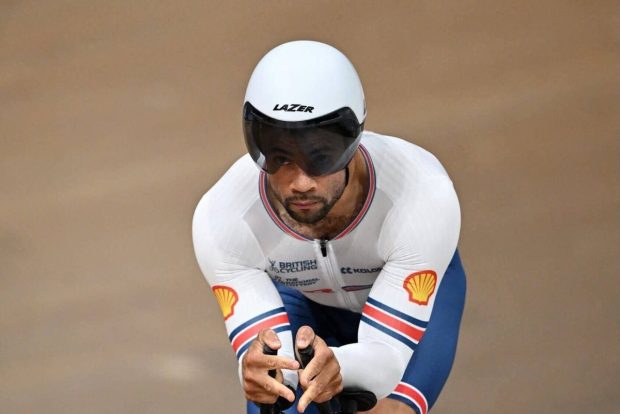

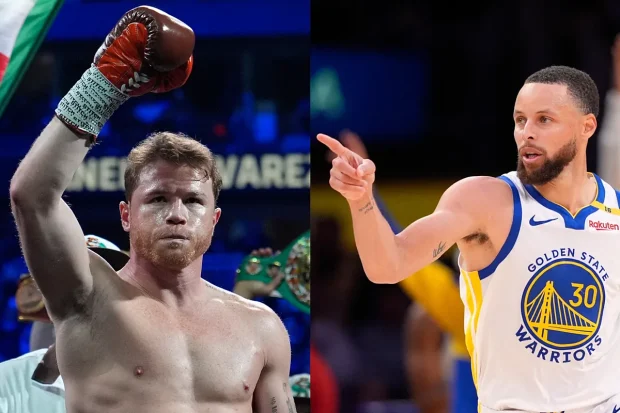
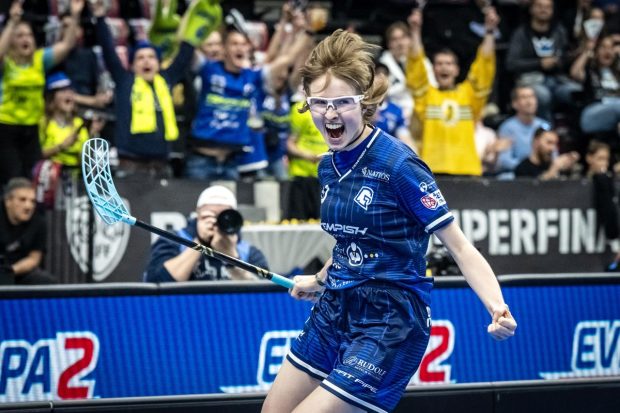
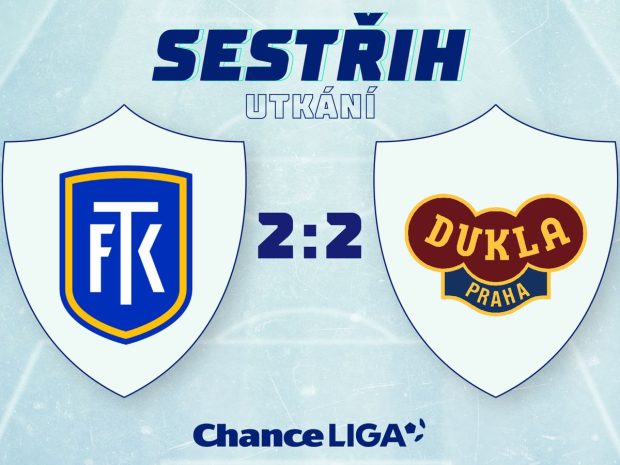
Be the first to leave a comment